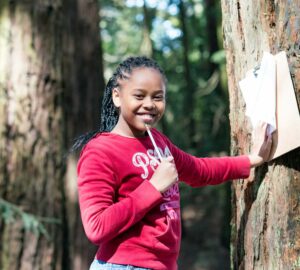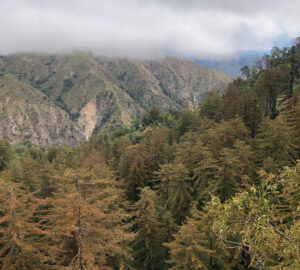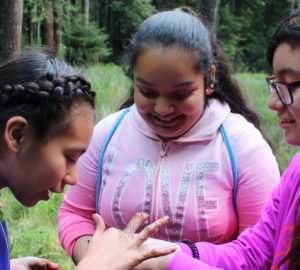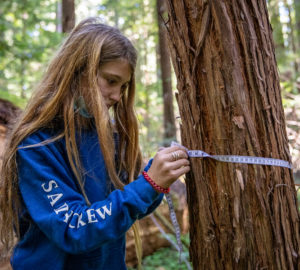LiDAR enables accurate non-destructive estimates of coast redwood biomass
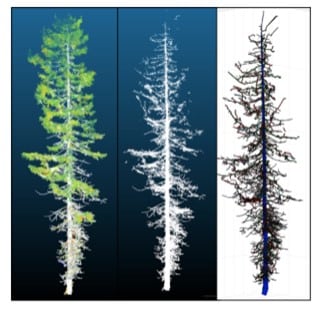
In addition to their beauty, timber value, and importance to wildlife, coast redwood forests also sequester carbon, which can help mitigate global climate change. Land managers can quantify how much carbon a tree is storing if they know its biomass. But how do you do that without cutting down the tree and weighing its trunk and branches?
Scientists have developed equations that rely on common and easy to obtain measurements, such as the tree’s diameter at breast height, to calculate biomass. Now, Alexander Barajas-Ritchie and Lisa Patrick Bentley, PhD, of Sonoma State University have shown that 3D models generated from light detecting and ranging (LiDAR) technology may work at providing accurate estimates for local redwood trees in Northern California.
In summer of 2020, the researchers used a terrestrial laser scanner to collect data for coast redwood trees at Saddle Mountain Open Space Preserve in Sonoma County. By scanning trees from several locations in the same plot, they were able to create a point cloud (a 3D photo) of each tree. These data were then processed through a specialized software program to convert the 3D point cloud of the tree into connected cylinders, like branches. From there, the tree’s total volume could easily be calculated. Since the program that made the models of cylinders (quantitative structural models) were never developed for redwood trees, Barajas-Ritchie spent much of his time improving the model fit for these unique trees by experimenting with different numbers for model parameters.
When Barajas-Ritchie and Bentley compared their results from LiDAR to results from other models that relied on published equations created from cutting down trees, the results were similar. This indicated that LIDAR scanning and the subsequent models of cylinders (quantitative structural models) can be used to accurately estimate the biomass of coast redwood trees non-destructively.
“This research is significant, as having reliable methods to calculate biomass quickly and accurately over large areas of redwood forests can help us quantify how much carbon these incredible trees are pulling out of the atmosphere for long-term storage,” Bentley said.
Best of all, no trees need to be sacrificed in the process.

